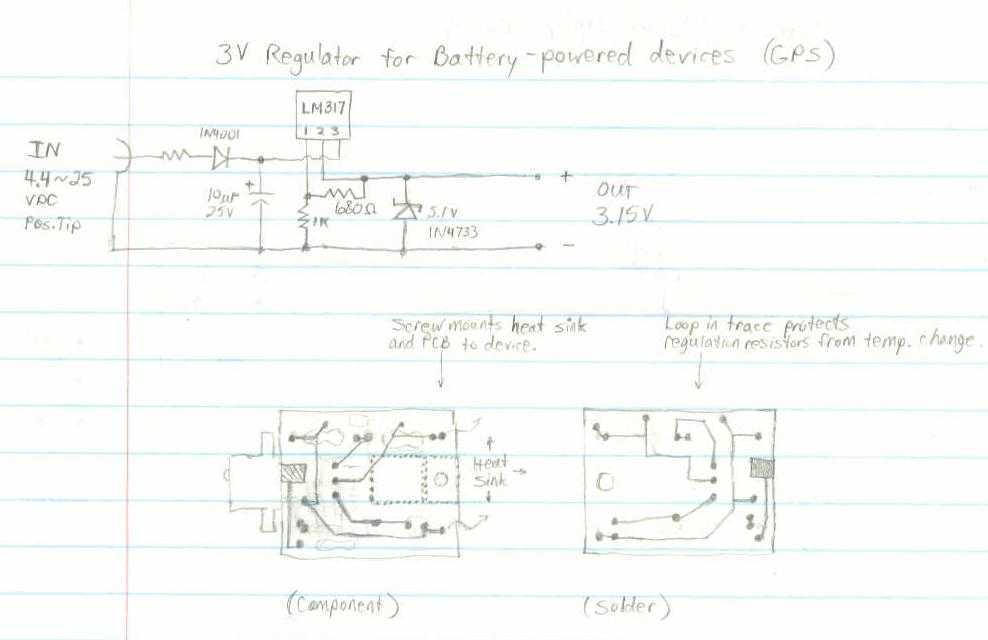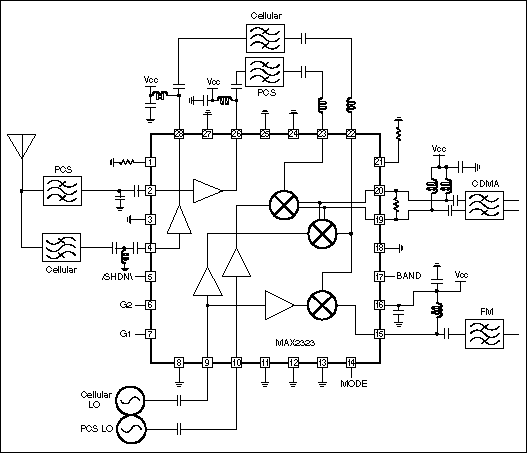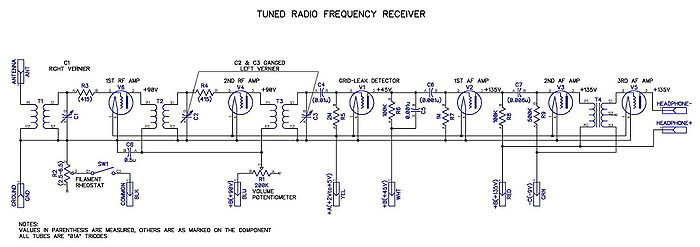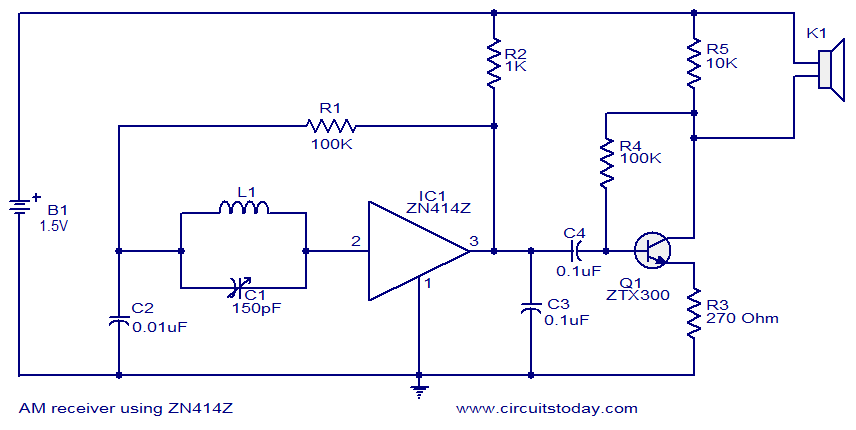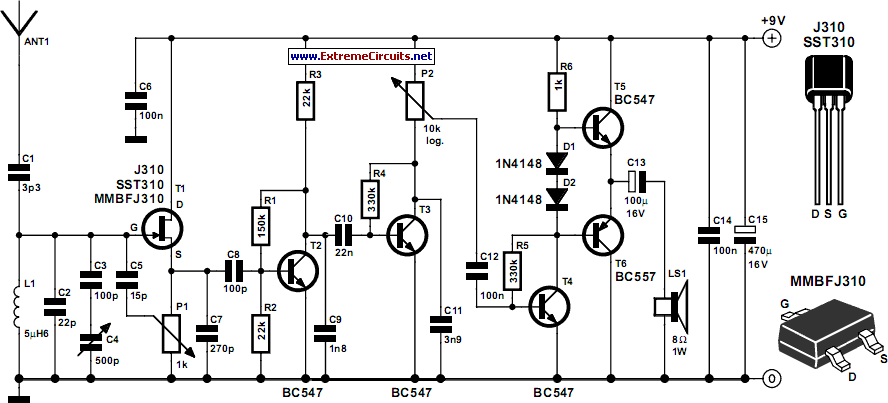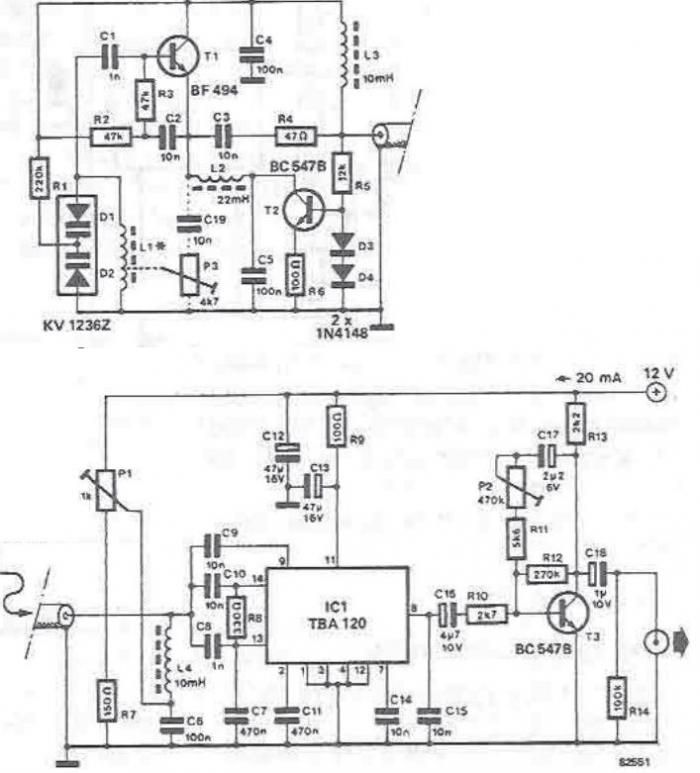
Motorola DSP Receiver
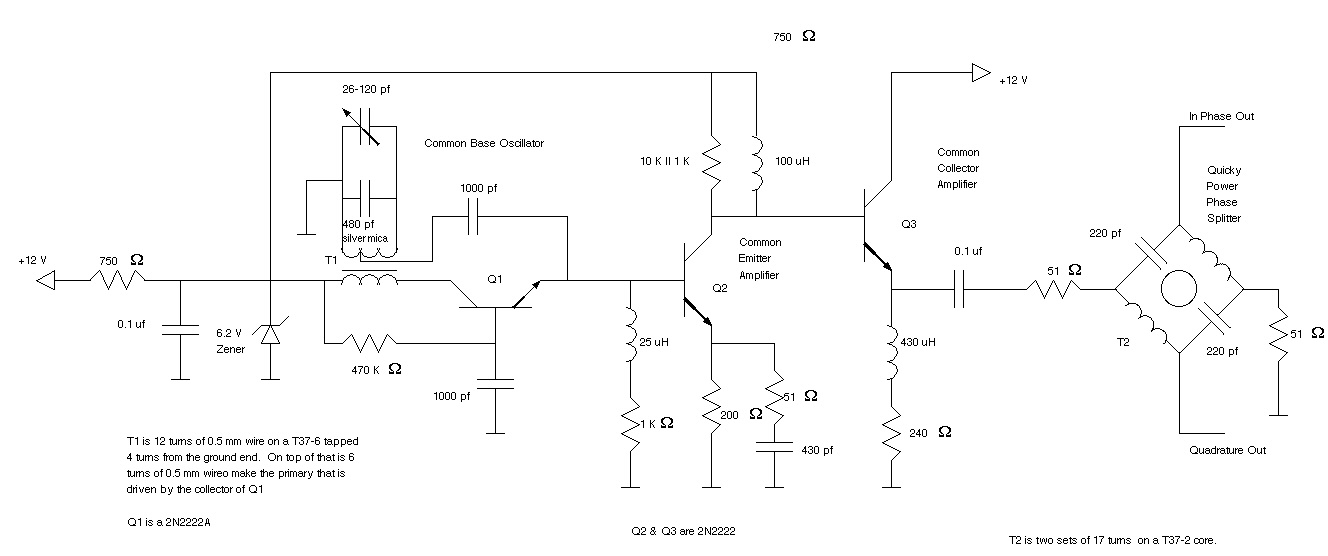
Ralph Stirling, KC3F, and another engineer developed the first generation of a digital signal processing (DSP) system using the Texas Instruments C5X DSK starter kit. The second generation represents a significant advancement, utilizing the more appropriate Motorola DSP56002EVM evaluation board. This transition to modern DSP technology is noteworthy, as many contemporary radios now incorporate DSP demodulators and filters. The primary advantage of digital techniques is that all processing is conducted via software. Consequently, when a new demodulator is designed, it can be easily downloaded to the radio, eliminating the need for soldering, sourcing components, or making complicated modifications. Additionally, digital processing yields predictable results, as component tolerances are less of a concern compared to analog systems. Simulations are more straightforward, and their outcomes closely mirror actual system behavior. Furthermore, the capabilities of modern DSPs allow for the implementation of digital filters with hundreds of poles, a feat that would require numerous inductors, capacitors, or crystals in the analog domain. Historically, few analog designers exceed ten poles in filter design due to complexity.
This project originated in 1994 when Ralph Stirling, KC3F, and another engineer followed Rick Campbell, KK7B's, recommendations from his initial article on the R2 receiver. They utilized Rick's R2 receiver alongside the Texas Instruments C5X DSK to create a DSP-based direct conversion receiver. The DSK was enhanced with a custom daughterboard containing an additional TLC32040 codec. The DSP replaced the analog phase shift network with its digital equivalent and a sharp digital filter, achieving nearly 50 dB of opposite sideband rejection. However, the system required further adjustments to the gain distribution before it was viable for practical use. Around this time, Motorola released the DSP56002EVM evaluation board, rendering the previous TI board implementation obsolete. The integrated 16-bit stereo codec from Crystal Semiconductor on the Motorola board significantly outperformed the two TI 12-bit TLC32040 codecs. Moreover, the Motorola 56002 processor operated with 24 bits of precision, compared to the 16 bits of the TI TMS320C5X, indicating a clear need for a redesign.
The redesign process began during the winter quarter of 1996 when the instructor assigned students to test the Motorola EVM as a replacement for the TI DSK. The results demonstrated that modifying a filter program provided by Motorola for basic SSB demodulation was straightforward and yielded superior performance compared to the TI-based receiver. Extensive improvements were made to the design over the summer. The article outlines this enhanced system, which utilizes the R2 receiver due to its high dynamic range and accessibility. The image-reject down-converter incorporated in the design generates in-phase (I) and quadrature (Q) channels, supplying all necessary signals for demodulating various modulation types, resulting in a band-pass signal. The in-phase modulation is denoted as x(t), while the quadrature modulation is represented as y(t). The demodulators discussed in this article support AM, DSB, CW, ISB, and SSB modes. Future software updates will enable the addition of further modulation modes.Ralph Stirling, KC3F, and I built the first generation using a Texas Instruments C5X DSK digital signal processing starter kit. Let it suffice to say that the second generation is a tremendous improvement over the first, because it uses a much more suitable DSP evaluation board from Motorola, the DSP56002EVM.
You may wonder what the big deal is. Why are so many of the latest radios coming with DSP demodulators and filters Digital techniques have several advantages. Probably the most exciting is that everything is done in software. That means when I design a new demodulator you can download it to your radio and then you have my new demodulator. No soldering; no hunting parts; no ugly modifications; it`s so easy! Another benefit is that results are predictable. Component tolerances are not a factor as they are with analog signal processing. Simulations are easier to do and their results more closely approximate what happens in the actual system.
Yet another advantage results from the speed of today`s DSPs. Nowadays it is quite realistic to have a digital filter with the equivalent of hundreds of poles, a filter that would require hundreds of inductors, capacitors or crystals in the analog world. Few analog designers use more than ten poles in a filter, because it`s very difficult to make designs with more work properly.
This project actually started back in 1994. Ralph Stirling, KC3F, and I did exactly what Rick Campbell, KK7B, suggested in his original article on the R2 receiver. We used Rick`s R2 receiver and the Texas Instruments C5X DSK digital signal processing starter kit to construct a DSP based direct conversion receiver.
We modified the DSK with our custom daughter board containing another TLC32040 codec. The DSP replaced the analog phase shift network with its digital counterpart and a sharp digital filter. We were able to obtain almost 50 db of opposite sideband rejection. However, it wasn`t quite ready to take home and tune to 20 meters. The gain distribution needed adjustment. About the time we got this far, Motorola came out with their DSP56002EVM evaluation board. It made what we did with the TI board obsolete. The Crystal Semiconductor 16 bit stereo codec built into the Motorola board was much better than the two TI 12 bit TLC32040 codecs.
The Motorola 56002 processor used 24 bits of precision and the TI TMS320C5X used only 16. It was obvious that we needed to start over. That start didn`t come until I taught Communications Systems during winter quarter of 1996. As a homework assignment I had my students try the Motorola EVM in place of the TI DSK. It proved simple to modify a filter program supplied by Motorola to do the basic filtering necessary for SSB demodulation, and it worked much better than the TI based receiver had. I spent many hours during the summer improving on that design. This article describes that improved system. We chose the R2 receiver not only because of its high dynamic range and ready availability, but also for the image-reject down-converter it uses.
Its in-phase (I) and quadrature (Q) channels provide all the signals needed to demodulate any type of modulation resulting in a band-pass signal. These two signals are called the in-phase modulation, x(t), and the quadrature modulation, y(t). See the block diagram of the receiver in Figure (Generalized Receiver). The demodulators described in this article are for AM, DSB, CW, ISB and SSB, but because other modes need only new software we can expect more modes to be available in t
🔗 External reference
This project originated in 1994 when Ralph Stirling, KC3F, and another engineer followed Rick Campbell, KK7B's, recommendations from his initial article on the R2 receiver. They utilized Rick's R2 receiver alongside the Texas Instruments C5X DSK to create a DSP-based direct conversion receiver. The DSK was enhanced with a custom daughterboard containing an additional TLC32040 codec. The DSP replaced the analog phase shift network with its digital equivalent and a sharp digital filter, achieving nearly 50 dB of opposite sideband rejection. However, the system required further adjustments to the gain distribution before it was viable for practical use. Around this time, Motorola released the DSP56002EVM evaluation board, rendering the previous TI board implementation obsolete. The integrated 16-bit stereo codec from Crystal Semiconductor on the Motorola board significantly outperformed the two TI 12-bit TLC32040 codecs. Moreover, the Motorola 56002 processor operated with 24 bits of precision, compared to the 16 bits of the TI TMS320C5X, indicating a clear need for a redesign.
The redesign process began during the winter quarter of 1996 when the instructor assigned students to test the Motorola EVM as a replacement for the TI DSK. The results demonstrated that modifying a filter program provided by Motorola for basic SSB demodulation was straightforward and yielded superior performance compared to the TI-based receiver. Extensive improvements were made to the design over the summer. The article outlines this enhanced system, which utilizes the R2 receiver due to its high dynamic range and accessibility. The image-reject down-converter incorporated in the design generates in-phase (I) and quadrature (Q) channels, supplying all necessary signals for demodulating various modulation types, resulting in a band-pass signal. The in-phase modulation is denoted as x(t), while the quadrature modulation is represented as y(t). The demodulators discussed in this article support AM, DSB, CW, ISB, and SSB modes. Future software updates will enable the addition of further modulation modes.Ralph Stirling, KC3F, and I built the first generation using a Texas Instruments C5X DSK digital signal processing starter kit. Let it suffice to say that the second generation is a tremendous improvement over the first, because it uses a much more suitable DSP evaluation board from Motorola, the DSP56002EVM.
You may wonder what the big deal is. Why are so many of the latest radios coming with DSP demodulators and filters Digital techniques have several advantages. Probably the most exciting is that everything is done in software. That means when I design a new demodulator you can download it to your radio and then you have my new demodulator. No soldering; no hunting parts; no ugly modifications; it`s so easy! Another benefit is that results are predictable. Component tolerances are not a factor as they are with analog signal processing. Simulations are easier to do and their results more closely approximate what happens in the actual system.
Yet another advantage results from the speed of today`s DSPs. Nowadays it is quite realistic to have a digital filter with the equivalent of hundreds of poles, a filter that would require hundreds of inductors, capacitors or crystals in the analog world. Few analog designers use more than ten poles in a filter, because it`s very difficult to make designs with more work properly.
This project actually started back in 1994. Ralph Stirling, KC3F, and I did exactly what Rick Campbell, KK7B, suggested in his original article on the R2 receiver. We used Rick`s R2 receiver and the Texas Instruments C5X DSK digital signal processing starter kit to construct a DSP based direct conversion receiver.
We modified the DSK with our custom daughter board containing another TLC32040 codec. The DSP replaced the analog phase shift network with its digital counterpart and a sharp digital filter. We were able to obtain almost 50 db of opposite sideband rejection. However, it wasn`t quite ready to take home and tune to 20 meters. The gain distribution needed adjustment. About the time we got this far, Motorola came out with their DSP56002EVM evaluation board. It made what we did with the TI board obsolete. The Crystal Semiconductor 16 bit stereo codec built into the Motorola board was much better than the two TI 12 bit TLC32040 codecs.
The Motorola 56002 processor used 24 bits of precision and the TI TMS320C5X used only 16. It was obvious that we needed to start over. That start didn`t come until I taught Communications Systems during winter quarter of 1996. As a homework assignment I had my students try the Motorola EVM in place of the TI DSK. It proved simple to modify a filter program supplied by Motorola to do the basic filtering necessary for SSB demodulation, and it worked much better than the TI based receiver had. I spent many hours during the summer improving on that design. This article describes that improved system. We chose the R2 receiver not only because of its high dynamic range and ready availability, but also for the image-reject down-converter it uses.
Its in-phase (I) and quadrature (Q) channels provide all the signals needed to demodulate any type of modulation resulting in a band-pass signal. These two signals are called the in-phase modulation, x(t), and the quadrature modulation, y(t). See the block diagram of the receiver in Figure (Generalized Receiver). The demodulators described in this article are for AM, DSB, CW, ISB and SSB, but because other modes need only new software we can expect more modes to be available in t
🔗 External reference
